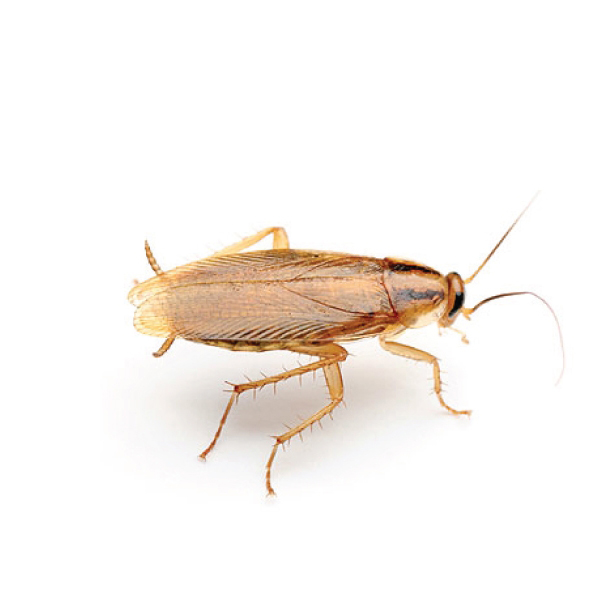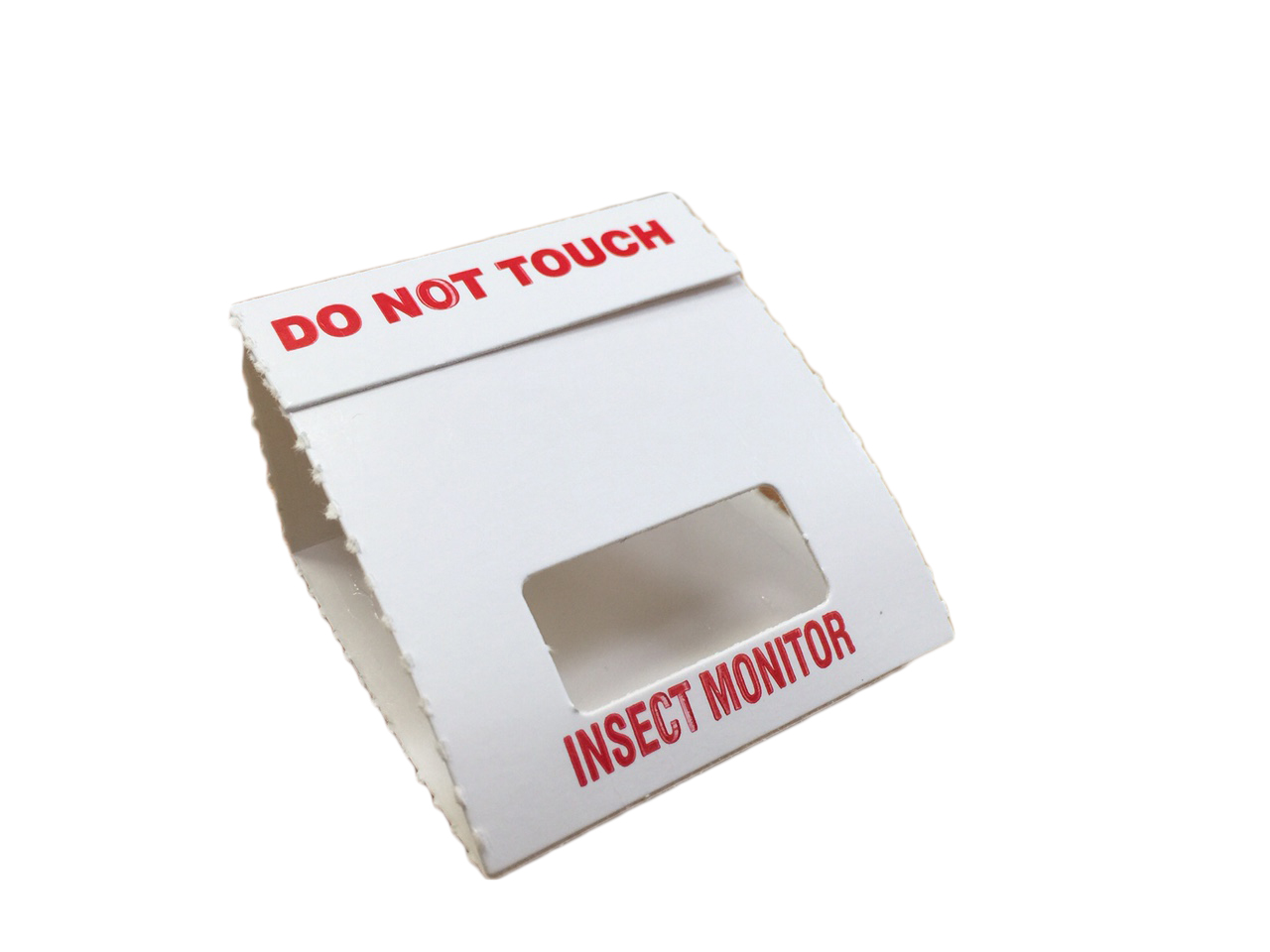Biology
- Adult cockroach, Blattella germanica body length is 10 to 16 mm long, brown to dark brown in colour with two distinct parallel longitudinal black bands on pronotum; pronotal stripes simple, slightly more broadly separated by their widths.
- German cockroach sheds its skin (moults) a number of times during its life.When moulting, the German cockroach remains in its harbourage and does not feed until its new skin has hardened. German roaches are often resistant to pesticides.
- One adult female can lay up to 400 eggs in a lifetime.
Monitoring
Russell IPM manufactures and supplies a range of high capacity low line sticky cockroach traps. The cockroach traps are based on food attractants.
Sticky traps are safe, effective and easy to handle. Application of sticky cockroach traps ensures food safety by reducing the application conventional insecticide substantially. The sticky traps, No. 10, No. 20, No. 30 can be used to detect low-level of populations.
The existence of a potential problem can be confirmed before a population explosion occurs. The sticky cockroach traps can also be used to locate problem areas or harbourage’s. This can greatly enhance control efforts, allowing the pest control officer to intensify treatments in certain areas.
Food attractant based trap can be integrated chemical treatment to improve efficiency.






